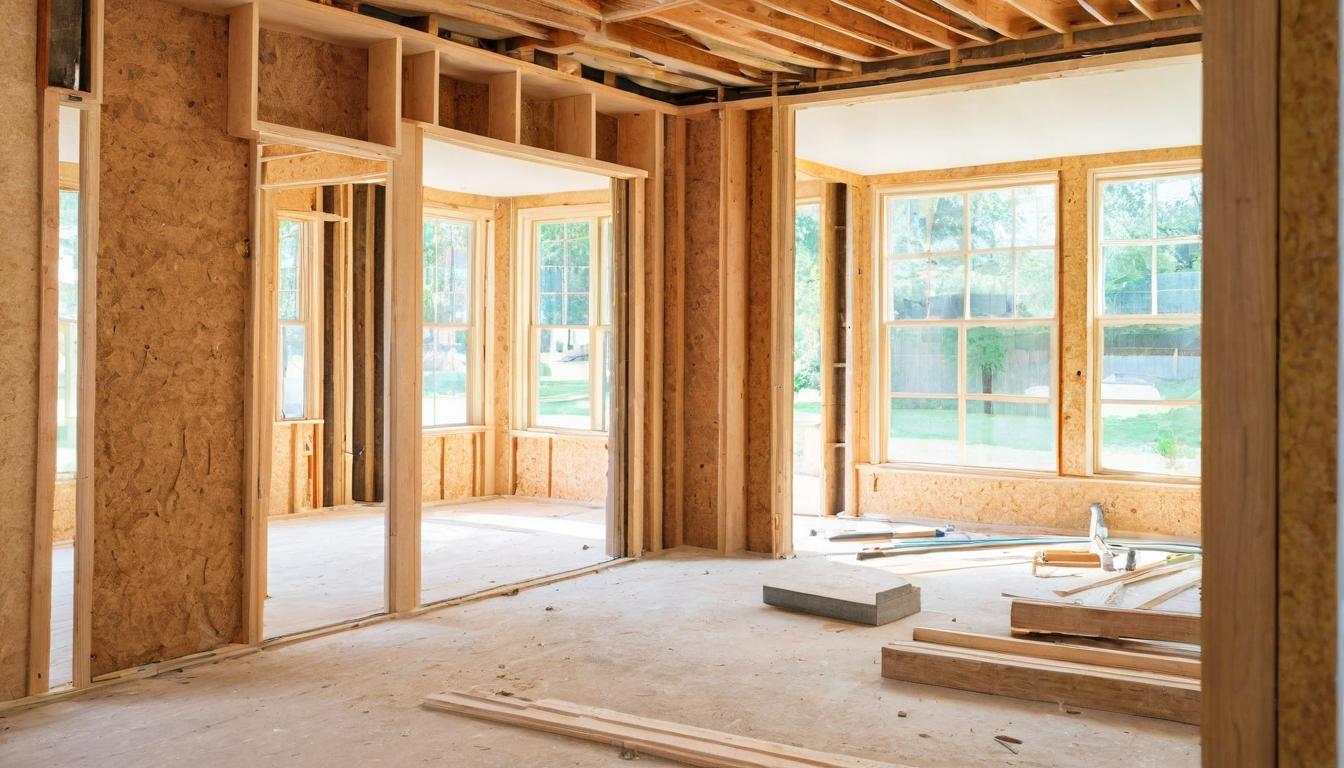The sledgehammer crashes through drywall, sending clouds of dust dancing in the morning light. You're finally doing it—that kitchen renovation you've dreamed about for years. The contractor gave you a firm quote, the permits are in order, and your savings account is ready. What could possibly go wrong? As it turns out, plenty. Across platforms like Angie's List, HomeAdvisor, and Thumbtack, homeowners are discovering that the true cost of renovation isn't in the contract—it's in the shadows.
Behind every beautifully staged Houzz photo lies a trail of unexpected expenses that can turn dream projects into financial nightmares. The permit that seemed straightforward? It might require additional engineering stamps. The plumbing that looked fine during inspection? It could be hiding decades of corrosion waiting to fail when you touch it. These aren't rare occurrences—they're the dirty little secrets of the home improvement industry.
Material costs represent one of the most volatile elements in any renovation. That beautiful Italian tile you selected six months ago? The supplier just increased prices by 30% due to shipping delays. The hardwood flooring you budgeted for? Turns out it's been discontinued, and the closest match costs nearly double. Contractors often provide estimates based on current pricing, but between supply chain issues and inflation, your dream materials might become financial nightmares by the time construction begins.
Then there's the demolition discovery—the moment when tearing down walls reveals problems nobody anticipated. Knob-and-tube wiring from the 1920s, asbestos insulation behind the plaster, structural damage from long-forgotten leaks. Each discovery triggers a cascade of additional costs and regulatory requirements. What started as a simple bathroom update suddenly becomes a whole-house electrical upgrade and hazardous material remediation.
Labor represents another minefield of hidden expenses. Your contractor's quote typically covers their team's standard hours, but what happens when they uncover complications that require specialist trades? The plumber might need to call in an electrician, who then discovers issues requiring a structural engineer. Each specialist comes with their own minimum charges and premium rates for emergency call-outs.
Perhaps the most insidious hidden cost comes from project delays. That two-month kitchen renovation stretching into six months means you're eating takeout every night, paying for temporary accommodation, or living in construction chaos far longer than anticipated. The financial and emotional toll of extended timelines rarely factors into initial budgets but can represent thousands in additional expenses.
Seasonal considerations often catch homeowners off guard. Starting a roofing project in spring seems sensible until unseasonal rains delay work for weeks. Winter renovations might seem cost-effective until you're heating a house with plastic sheeting for walls. Even the timing of your project within the contractor's schedule can impact costs—their busy season might mean rushed work requiring more corrections later.
Regulatory surprises represent another financial trap. That beautiful addition you planned might require setback variances, environmental impact studies, or neighborhood approvals. Each layer of bureaucracy comes with application fees, professional certifications, and potential redesign costs. The permit that seemed like a formality might evolve into a months-long negotiation with planning departments.
Technology integration creates modern hidden costs that didn't exist a generation ago. Smart home systems, whole-house audio, and security integration require specialized wiring and programming that often falls outside standard electrical work. What appears as simple outlet installation might require network specialists and custom programming at premium rates.
Warranty and service gaps represent the final frontier of hidden costs. Many contractors provide warranties on their workmanship but not on materials or appliances. When your new refrigerator fails six months after installation, you might discover the installer's responsibility ended the moment it was plugged in. Similarly, complex systems like tankless water heaters or geothermal HVAC often require specialized maintenance that standard handymen can't provide.
Protecting yourself requires more than just reading the fine print. Savvy homeowners are now hiring independent project managers, obtaining multiple detailed quotes rather than estimates, and building contingency funds of 20-30% beyond the contract price. They're also learning to ask specific questions about material availability, subcontractor qualifications, and change order procedures before signing anything.
The most successful renovations aren't necessarily the cheapest—they're the ones where homeowners anticipated the unexpected and built relationships with contractors based on transparency rather than just low bids. As one veteran contractor confessed after thirty years in the business, 'The best clients aren't the ones who pay the least—they're the ones who understand that quality costs more than the number on the contract.'
The hidden costs of home renovation that contractors don't want you to know

